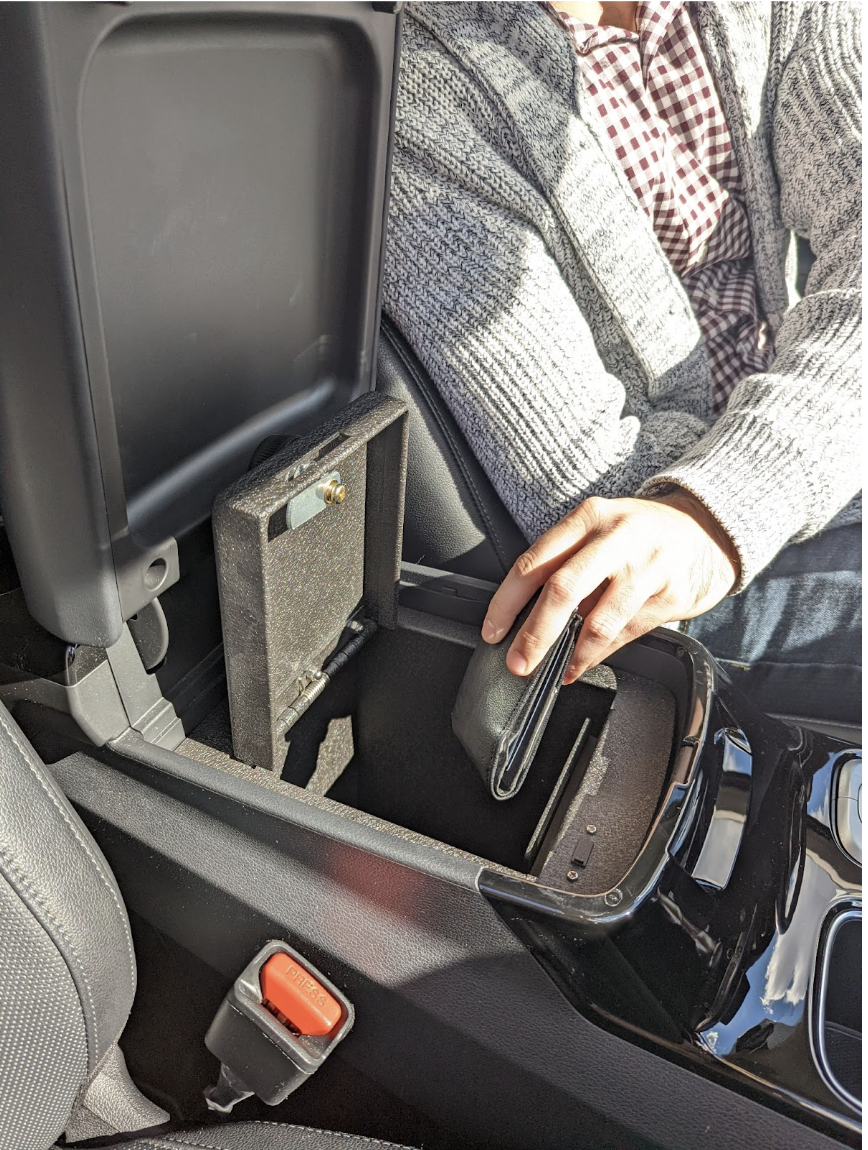Criminals often target vehicles because they are easy and plentiful. In fact, motor vehicle theft is the third most common property crime in the United States.
Statistics from 2020 reveal that 810,400 vehicles were stolen, and that number spiked 11.8% from the previous year. According to the FBI, that year’s motor vehicle theft amounted to $7.4 billion in losses.
“In most cases, petty criminals do not take the trouble to steal your entire car,” says Scott Bonvisutto, co-founder of Console Vault. “Car break-ins, also known as ‘smash-and-grab’ crimes, are among the most common forms of larceny in the nation. These criminals complete their work in a matter of seconds, but you are left with the painstaking and infuriating process of replacing stolen valuables and dealing with costly car repairs.”
How to lower the chances of being a smash-and-grab victim
As Bonvissuto, every car owner should always take the greatest theft prevention measures possible before leaving their vehicle unattended. The simple fact is that smash-and-grab thieves Take advantage of crimes of opportunity, so the key is to mitigate that opportunity.
“Overall, these criminals are opportunists,” explains Bonvisutto. “Most of them have not spent days crafting clever strategies to get into your car. When they see something they want, they find a way to break in and take it.”
With that in mind, the best way to prevent smash-and-grab larceny is to keep valuable items out of sight. Before leaving their vehicles, people should do a quick check of their seats, dashboards, and floors to ensure nothing looks tempting. Items that commonly lure criminals to break a window include phones, purses, wallets, backpacks, laptops, electronic devices, shopping bags, cash, loose change, and keys.
“When you are out and about, an in-vehicle safe enables you to be confident that your valuables are safely stored,” says Bonvisutto. “Heavy-gauge steel and drill-resistant locks give you the freedom to transport your valuable items with confidence.”
Smash-and-grab thieves commonly stake out parking lots while waiting for a target, meaning they often catch a glimpse of people as they transfer valuable items to their trunks and glove boxes. To prevent this, people need to consider the valuables they are carrying and place them in a safe spot before they park.
How to choose a safe parking spot
On the whole, smash-and-grab criminals work alone and tend to frequent areas that are out of the way and out of sight. Their goal is to get in, get out, and get away without attracting a crowd or any nearby wandering eyes.
As such, the safest parking locations are busy lots with other people and vehicle traffic. Those leaving their vehicles after dark should select well-lit spots, and if there is an option to park in a lot with a parking attendant, this will most likely be a safer option than an unattended lot.
How to discourage smash-and-grabs with anti-theft measures
“All too often, these criminals are lazy,” observes Bonvisutto. “They want a quick payoff and the least work possible. A few easy measures can make your vehicle a more challenging target and remove it almost entirely from the smash-and-grab criminal’s radar.”
According to Bonvissuto, most anti-theft measures are incredibly easy. “People should always take the extra minute to ensure they lock their vehicle’s doors, roll up their windows, and activate their security system before leaving their vehicles,” he says. “Adding window tinting makes it much more difficult for criminals to scout out your vehicle, and after-market mechanisms that lock the steering wheel show criminals that a vehicle is protected and not likely to yield much of a reward.”
Thieves will always target vehicles. However, with a little forethought and several common sense actions, vehicle owners make their cars far less appealing.
“Smash-and-grab criminals want easy opportunities,” Bonvisutto notes. “If they have to work for a prize, then they are likely to move on to the next vehicle.”

